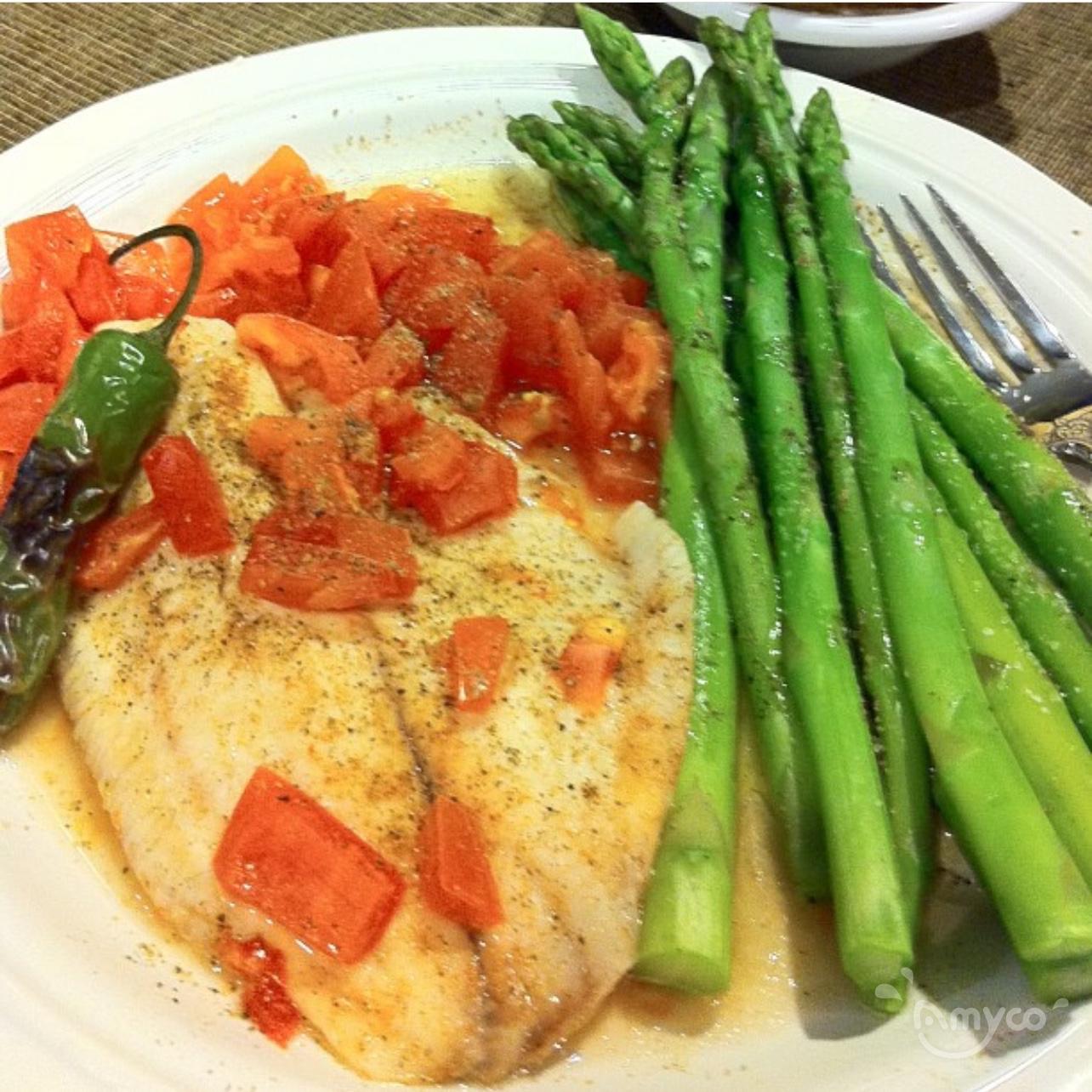6 Simple, Delicious Ways to Cook Fish - 翻译中...
The American Heart Association recommends eating two servings of fish each week.
1 This is because fish is high in protein and omega-3 fatty acids while being low in saturated fat. Eating fish can also help you meet your body's vitamin D requirements.
2 While some people feel intimidated by it, there are many simple ways to cook fish.
When selecting a preparation method, pick one that helps maintain the nutrition benefits of your fish. There are many to choose from.
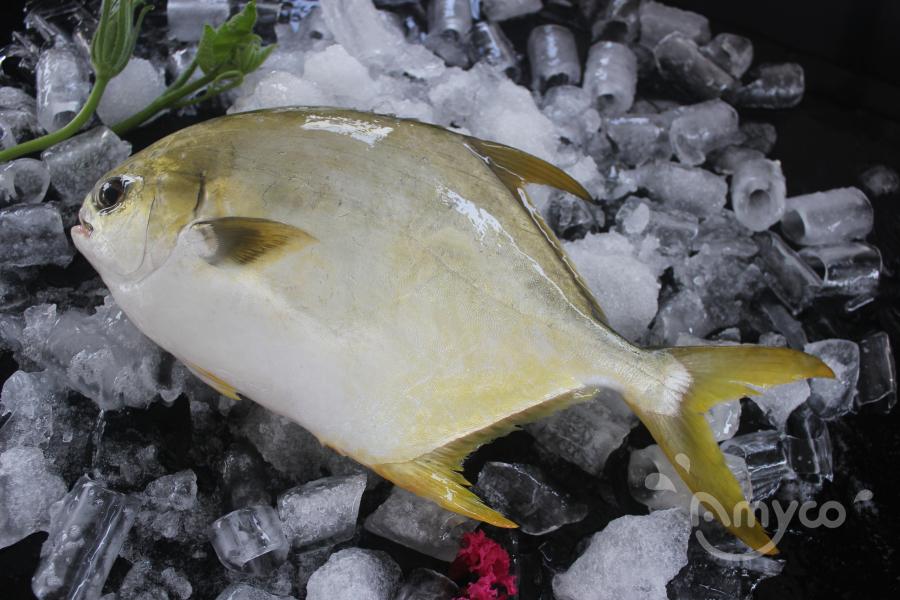
Choosing Which Fish to Cook
Each type of fish offers its own nutritional value. For example, salmon contains vitamin D, and all of the B vitamins. Canned salmon also provides calcium. If you eat tuna, you'll consume phosphorus, zinc, selenium and B-vitamins.
Both of these options are also among the top fish for omega-3 fatty acids, as are herring, halibut, and sardines. Eating a variety of fish helps your body meet more of its nutritional needs.
However, the U.S. Food and Drug Administration recommends that small children and people who are pregnant or breastfeeding avoid fish that is high in mercury. This is because mercury can negatively impact the fetus or young child's brain and nervous system.
Baking
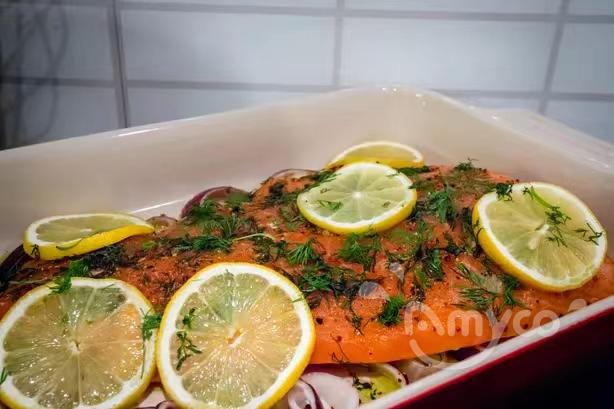
Baking may help preserve some of the fish's nutrients, such as its omega-3 fatty acids4 and vitamin D.5 Baking does take longer than other cooking methods, usually 15 to 20 minutes of total cooking time.
This simple method of cooking fish requires only seasoning for fattier fish such as salmon and tuna. But you may want to add liquid or fat for leaner white fish. This helps improve the taste and keep the fish from drying out. Try:
- Oven-Baked Salmon With Herbs
- Almond Crusted Tilapia
- Cod Cooked in Parchment
- Baked Salmon With Almond Flaxseed Crumbs
Fish is cooked when it flakes easily and turns white or opaque instead of having a raw, translucent appearance. When it is fully cooked, its internal temperature should be around 145 degrees Fahrenheit.
2
Grilling
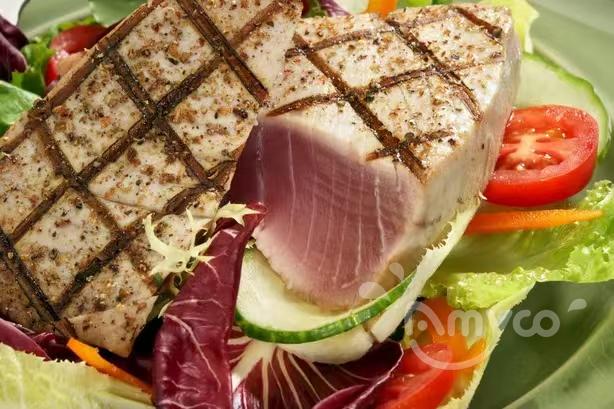
Fish is great for the grill because it cooks fast without becoming dry. Just be sure grill grates are non-stick or coated with oil. Grilling works best with whole fish or thick, steak-like filets.
Grill more delicate filets in foil packets. Remember that fish cooks quickly on the grill. Once the flesh is flaky, it's ready to be served.
- Catfish Tacos With a Spicy Cabbage Slaw
- Grilled Salmon Kebabs With Dill Yogurt Sauce
- Spicy Grilled Shrimp
Broiling is a similar way of cooking fish. It's just done in an oven versus on the grill and the heat source is above instead of below the fish.
3
Sautéing
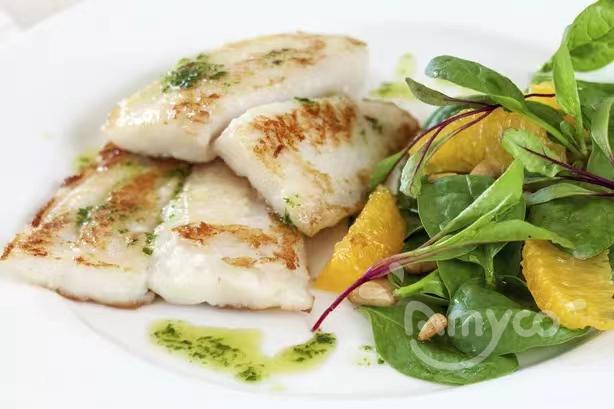
Sautéing, or pan frying, is another speedy way to cook fish without the added fat that typically comes with deep frying. It's best for white fish. Use a medium heat and add a little butter or oil to the pan if necessary.
Pan frying is a good way to get the flavor of deep fried fish with fewer calories if you are watching your calorie intake. Using a light coating of crumbs or flour instead of a thick batter can reduce the fat and calories as well.
- Pan-Seared Salmon with Mediterranean Quinoa
- Sweet Pan-Seared Tilapia Over Golden Rice
- Habanero Cheese Grits with Pan-Blackened White Fish
4
Poaching
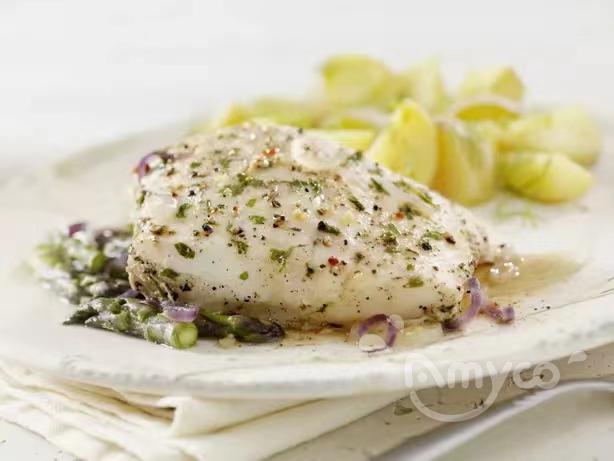
Poaching involves cooking fish in a liquid that is barely simmering on the stove. You can use water, broth, or wine to poach fish.
It won't take long to poach your fish—only about 10 minutes. Best of all, poaching doesn't add any extra fat or calories, if you're limiting either of those, and the result is delicious and tender.
Steaming is a similar method but the end results are similar. When steaming, the fish is not submerged in liquid like it is when poaching but both are low fat techniques that results in moist flaky fish.
5
In a Soup
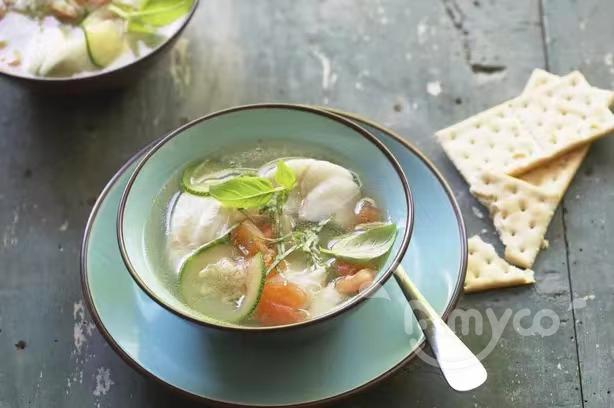
Soups, stews, and chowders are all fun ways to enjoy fish, and a good reason to use your slow cooker. If you're looking for lower-calorie soups or prefer not to eat dairy, choose fish soups and chowders made with clear broth or a tomato-based broth.
You can serve fish soup as an appetizer or just add a green salad and a whole grain roll and you've got a meal.
6
Using Pre-Cooked Fish

Canned fish is an easy, convenient way to add protein and other nutrients to salads, sandwiches, and more. Both tuna and salmon are available in cans and pouches, making them perfect for a quick lunch or dinner.
Sardines and anchovies are also available in cans. They're great served as appetizers with whole-grain crackers. Canned, pre-cooked fish can be used in a variety of main dish recipes as well.
Frequently Asked Questions
What oil is good for cooking fish?
If you are pan frying or sautéing your fish, choose an oil that is less likely to break down and form free radicals when heated at high temperatures. These include oils high in monounsaturated fats such as avocado oil or olive oil as well as oils high in saturated fat such as ghee or coconut oil (however these are not considered heart healthy due to their high saturated fat content). Play around with different options to see how they each affect the taste of the fish. You might find that you prefer one over another.
What are some ways to cook fish for people who don't like fish?
Cooking fish with a slice or two of lemon or bit of dill can help make it more pleasing to the taste buds. Also, white fish doesn't taste as strongly as some other types of fish, so stick with cod, tilapia, grouper, and flounder if you want a lighter, less fishy taste. Lastly, breading and baking or pan-frying is another great option for people who don't love fish.
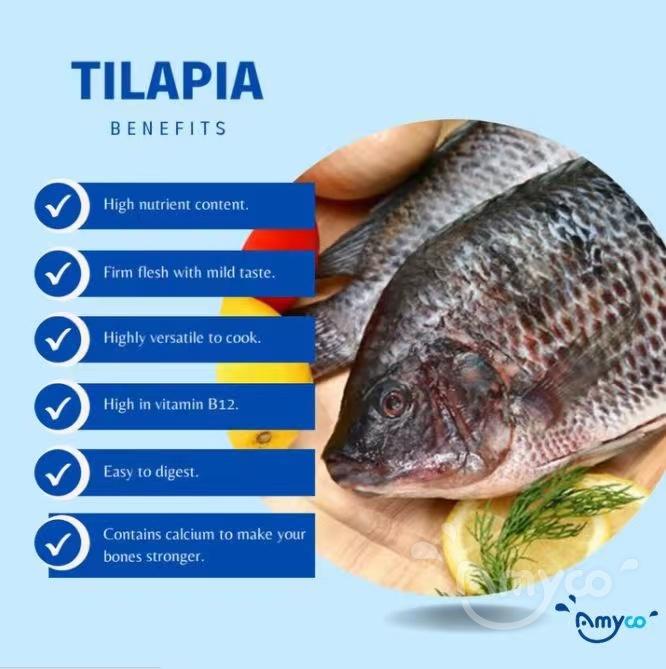
What is the healthiest way to cook fish?
If you're watching your fat intake, choose cooking methods that don't involve the use of added oils (or require minimum oil). Avoid deep-fat frying because of carcinogens associated with frying. If your goal is to preserve the fish's nutrients, it appears that baking is the way to go.
